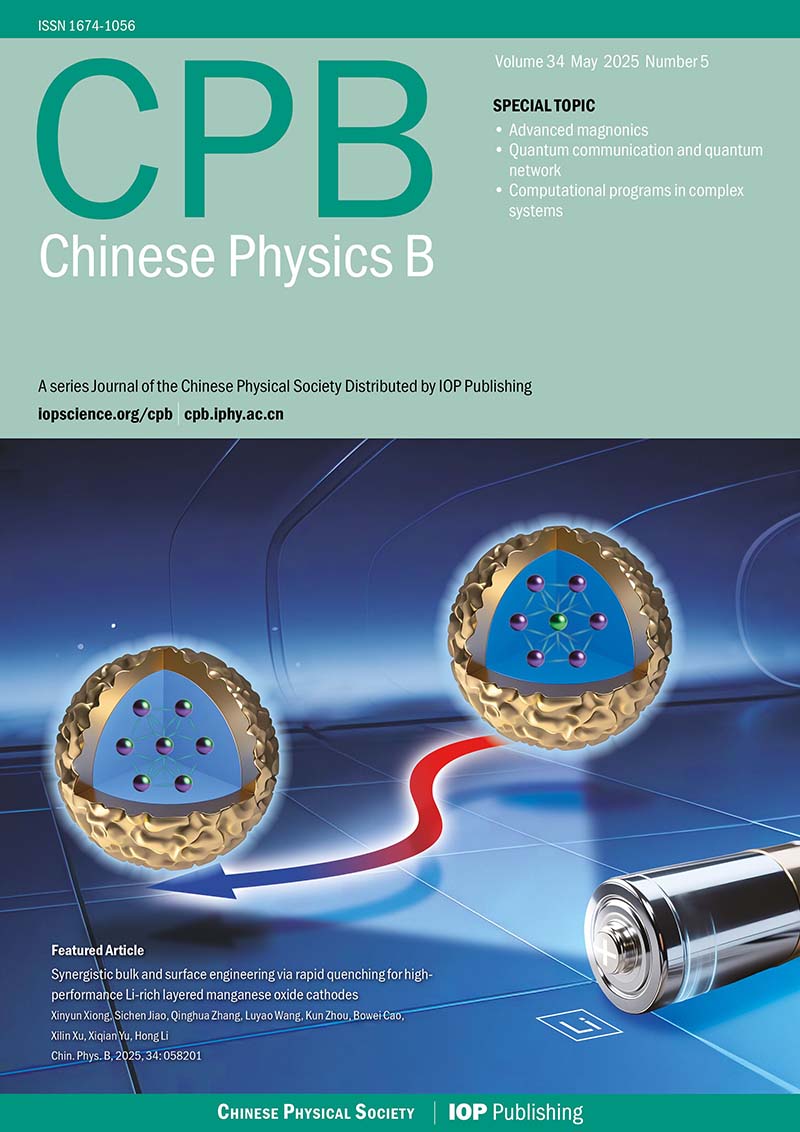Bose-Einstein condensation on an atom chip
- Available Online: 30/10/2009
-
Key words:
- Bose-Einstein condensate /
- atom chip
Abstract: This paper reports an experiment of creating Bose-Einstein condensate (BEC) on an atom chip. The chip-based Z-wire current with a homogeneous bias magnetic field creates a tight magnetic trap, which allows for a fast production of BEG. After a 4.17-s forced radio frequency evaporative cooling, a condensate with about 3000 atoms appears. The transition temperature is about 300 nK. This compact system is quite robust, allowing for versatile extensions and further studying of BEC.

 首页
首页 登录
登录 注册
注册






 DownLoad:
DownLoad: